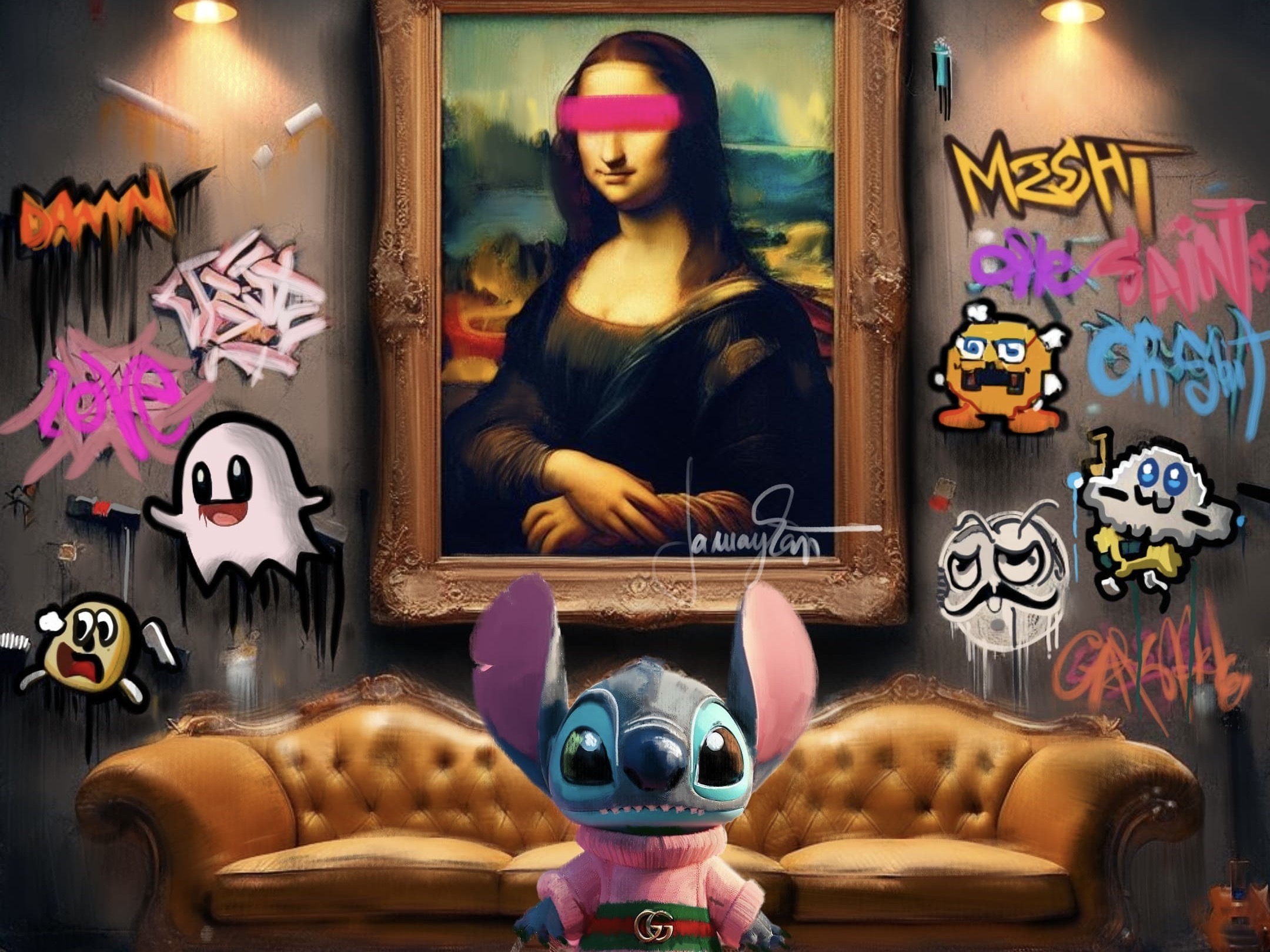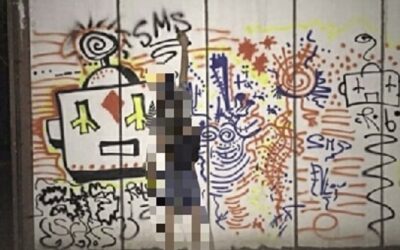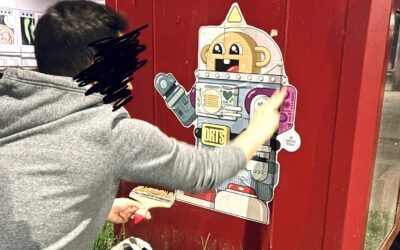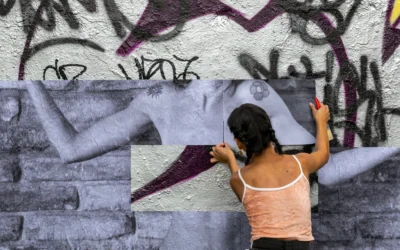The artist's creative style is a kind of visual psychodrama that mixes the freedom of street art, eclectic excess, the dreamlike quality of surrealism and the honesty of dissecting the inner world. In his work he likes to put familiar characters, icons and paintings in a new context, often holding up a mirror. When he starts an inner dialogue in someone, the magic has already happened.
What led you to become an artist?
The art has always been a kind of internal map for me. Not just a creation, but a path to myself. My first paintings were instinctive - a kind of response to inner tensions I couldn't put into words. Later I realised that what I was doing was actually visual self-therapy: processing feelings, traumas, memories in images. Painting is not only expression, but also understanding - a dialogue with the unconscious.
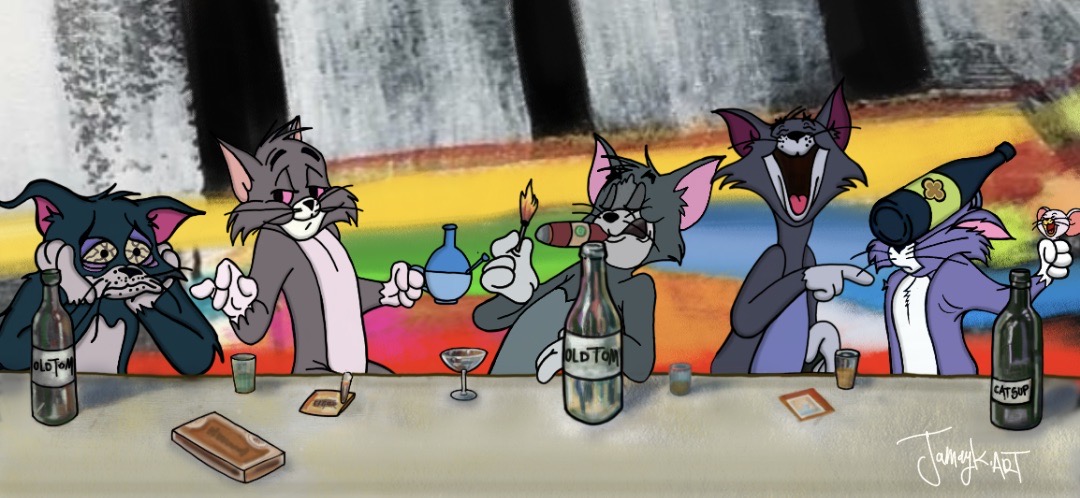
How long have you been making graphic designs?
When I was a teenager, (20 years ago 🙈) I started drawing more seriously when I was in high school. I was very influenced by the artist Irén Törő, my drawing teacher, who encouraged me and helped me a lot to develop. I am grateful to her for seeing my potential and encouraging me to create.
What techniques and tools do you use to create your illustrations and paintings?
Initially, I worked with traditional techniques - painting, charcoal drawings - but as the technology improved, I gradually moved to digital drawing. This doesn't mean I draw less - I still do all my strokes by hand - it's just that the toolbox is available at the touch of a button, which has opened up new possibilities.
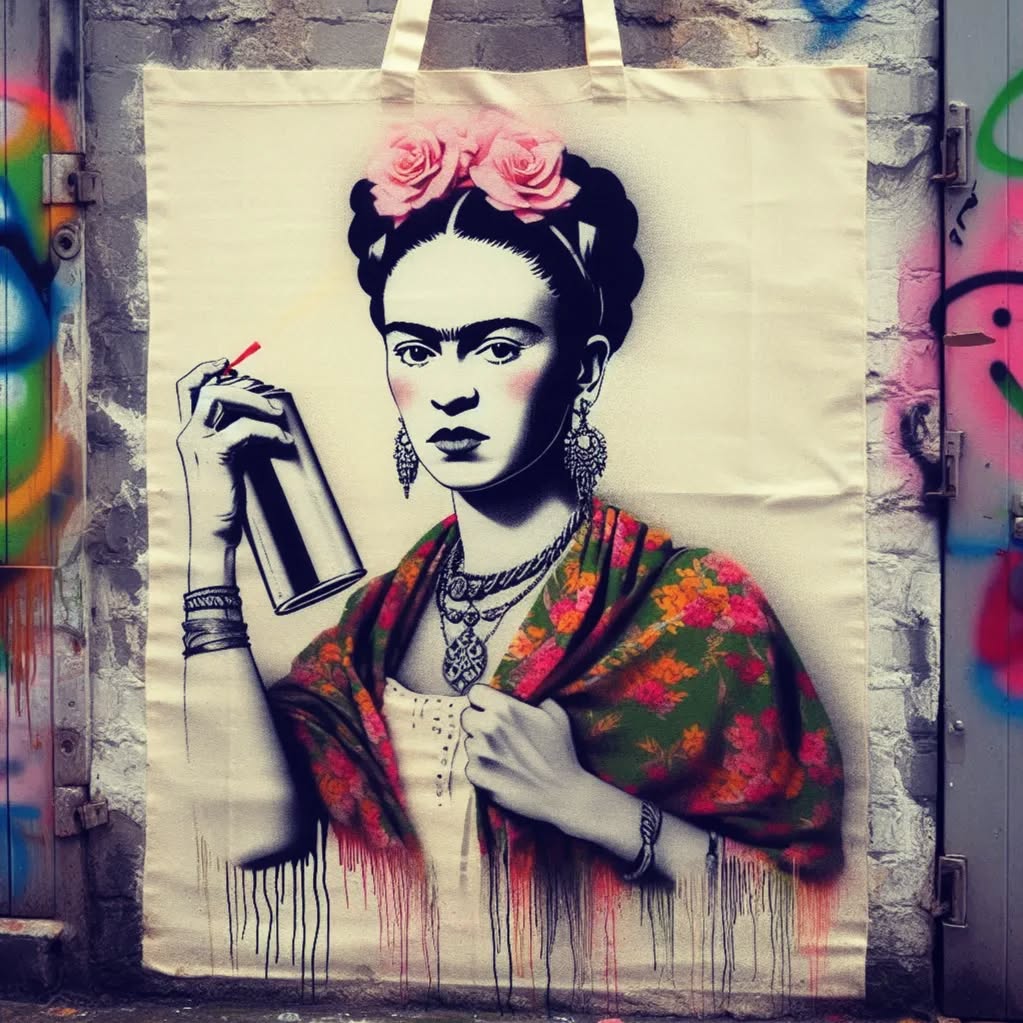
The digital format has thus not only given technical flexibility, but has also expanded the presence of art in physical space. I have been able to bring my artwork to life on different surfaces and objects: I have printed inside display cases, on baroque furniture, clothes, shoes, bags, but mainly I put my work in antique frames. This allows my images to appear not only on walls but also on everyday objects - and this has opened up a particularly exciting layer of my art, as it allows my inner world to be physically closer to others.
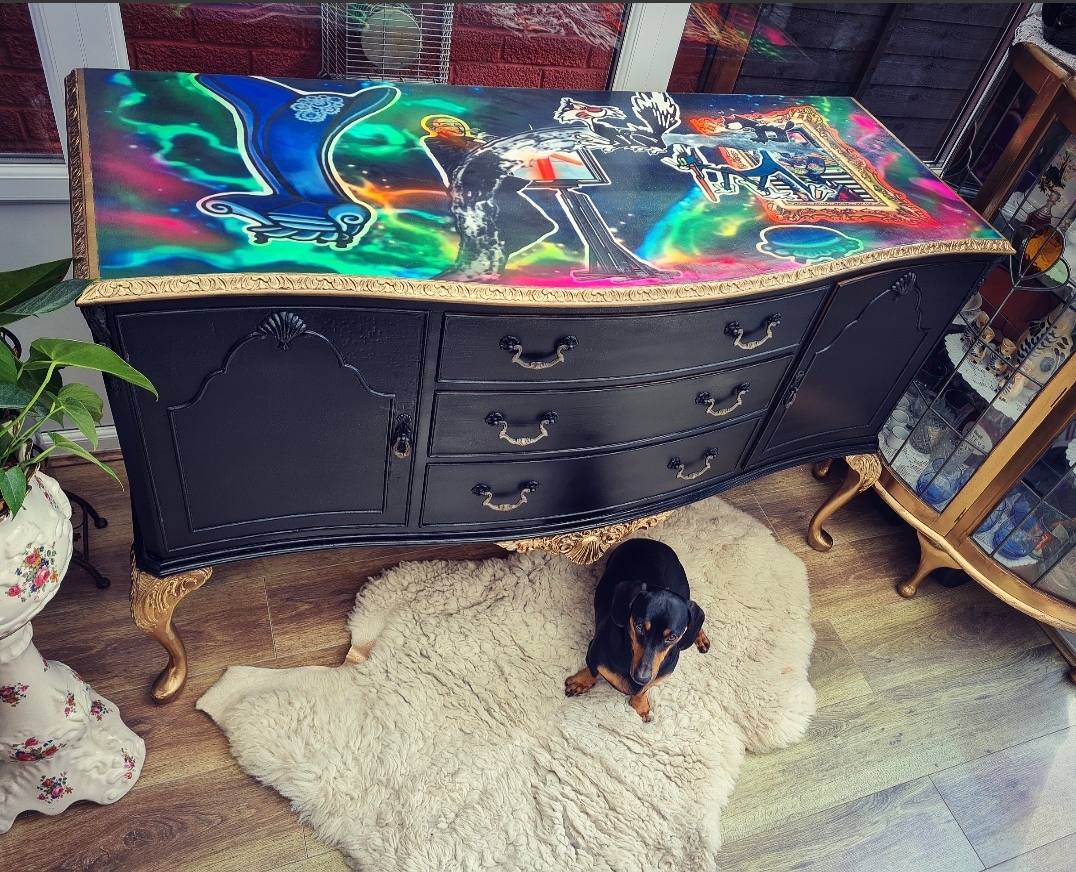
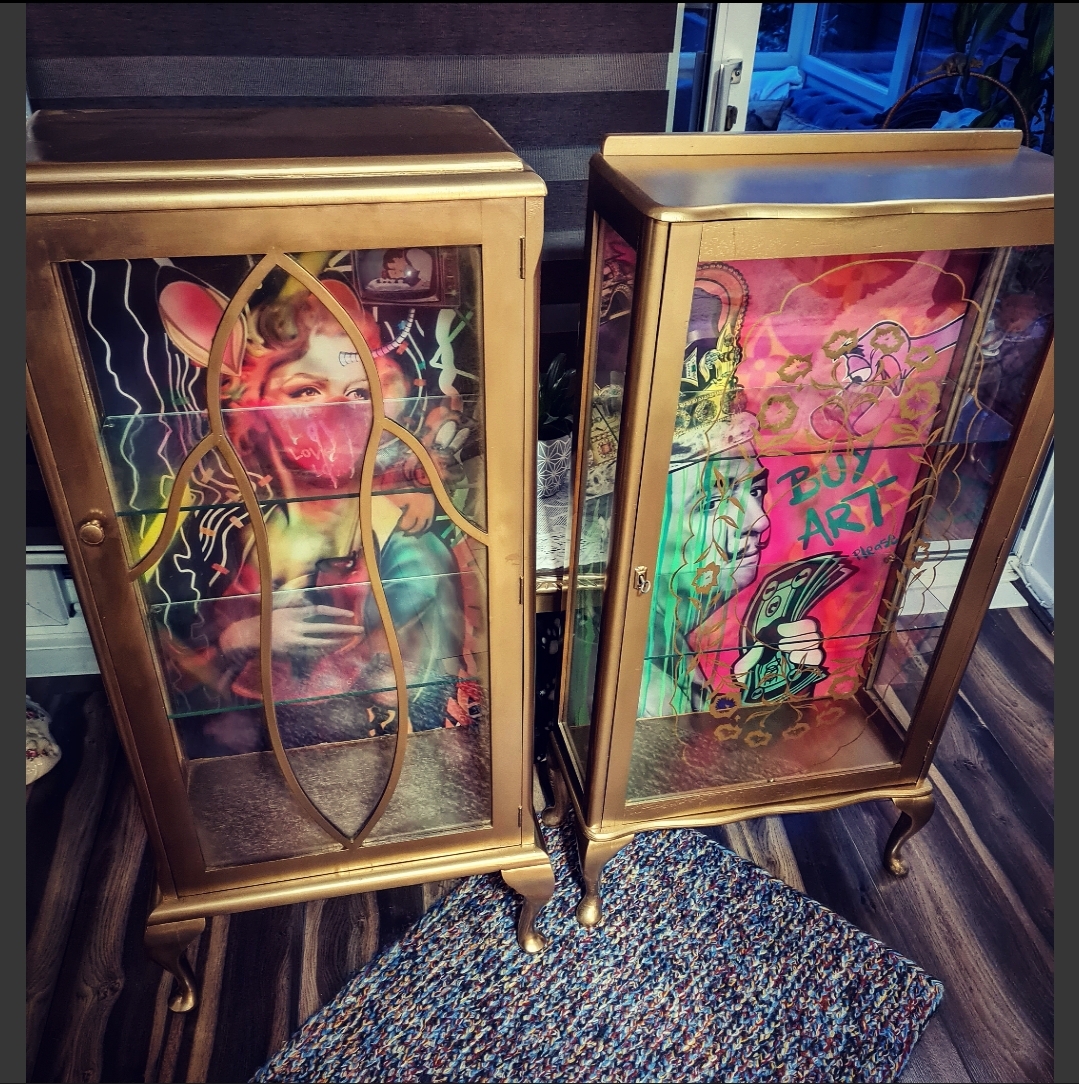

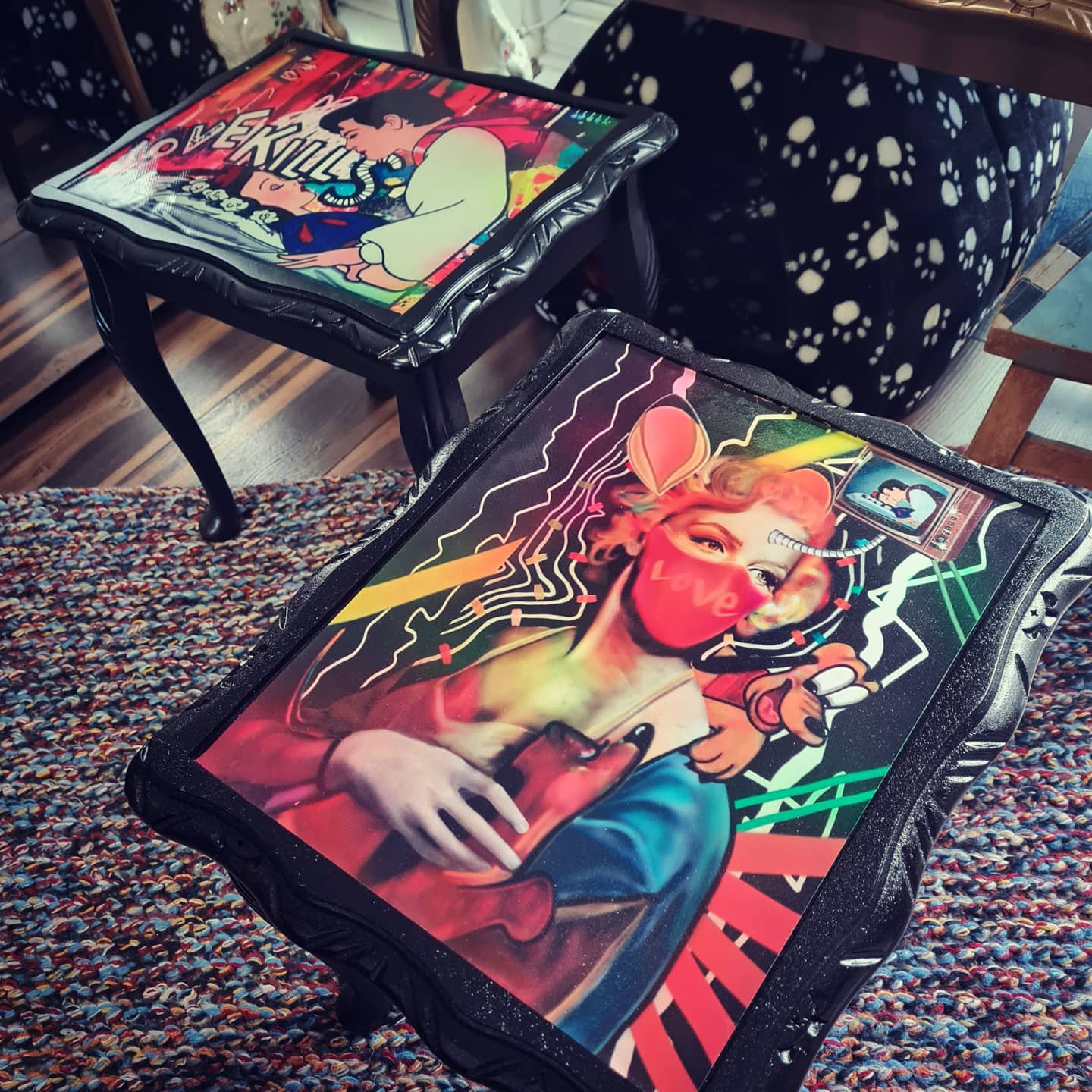
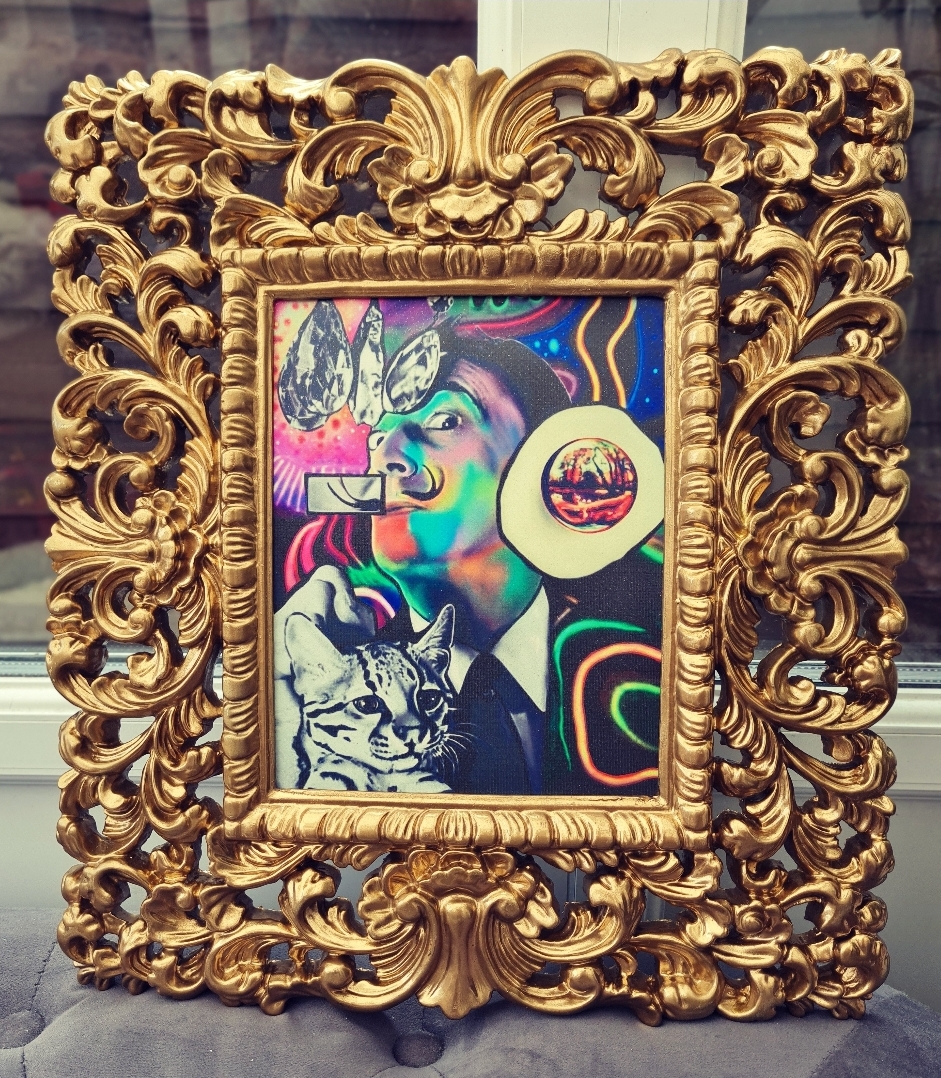
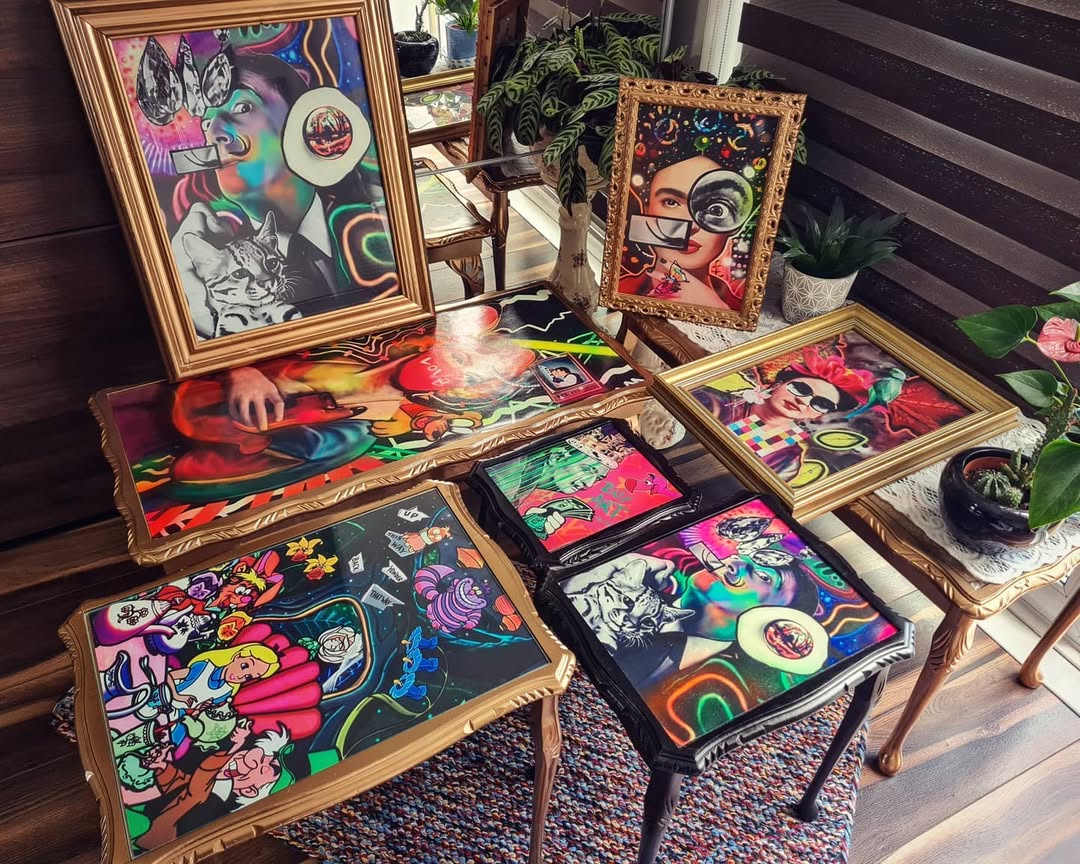
Could you describe in a little more detail the work that is closest to you?
For me, one of my favourite works is a special encounter - an imaginary dialogue between Frida Kahlo and Salvador Dalí in the form of a collaborative portrait. Both artists have incredibly strong visual languages, yet they speak at completely different levels of vibration. In this painting, I tried to build a bridge between them - and to myself.
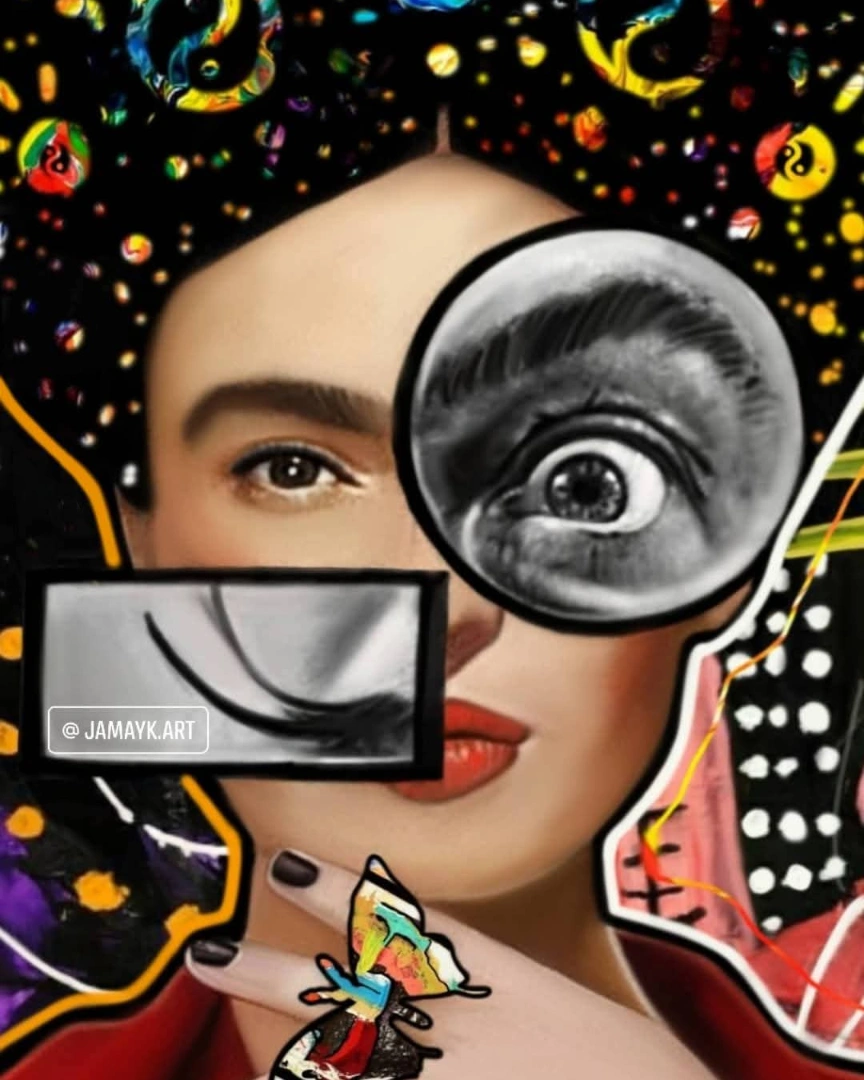
The composition combines Frida's strength, vulnerability and raw honesty with Dalí's surreal playfulness and astonishing world. For me, the image represents the inner dance of male and female archetypes - not as opposites, but as complementary. Frida's gaze questions, observes, articulates emotional reality, while Dalí offers forms and symbols in response, as if to draw out possible understanding from layers of the unconscious.
This image is close to me because I'm in it: my fascination with psychological depths, my love of stories, my desire to create something third between two extremes - something new. It is not only a tribute to two icons, but also a kind of visual dialogue about how to live self-identity and creative freedom at the same time.
How would you describe your artistic style?
My creative style is a kind of visual psychodrama - it mixes the freedom of street art, eclectic excess, the dreamlike quality of surrealism and the honesty of dissecting the inner world. I create images that at first glance may seem playful or exaggerated, but when you look deeper, layers are revealed: repressed feelings, questions, untold stories.
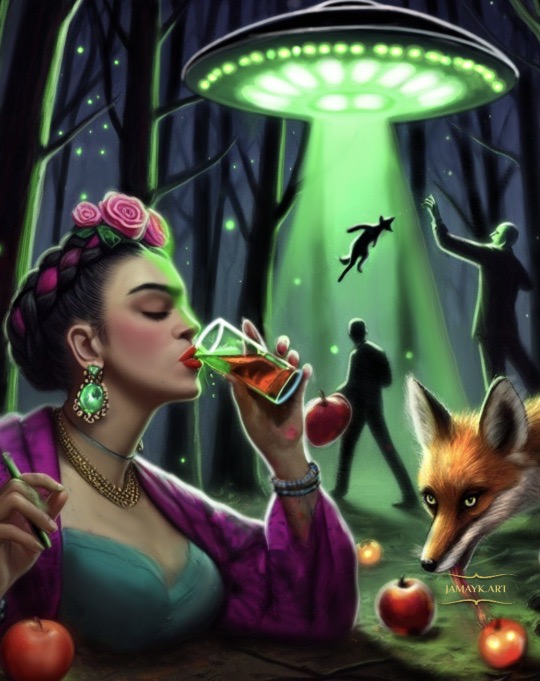
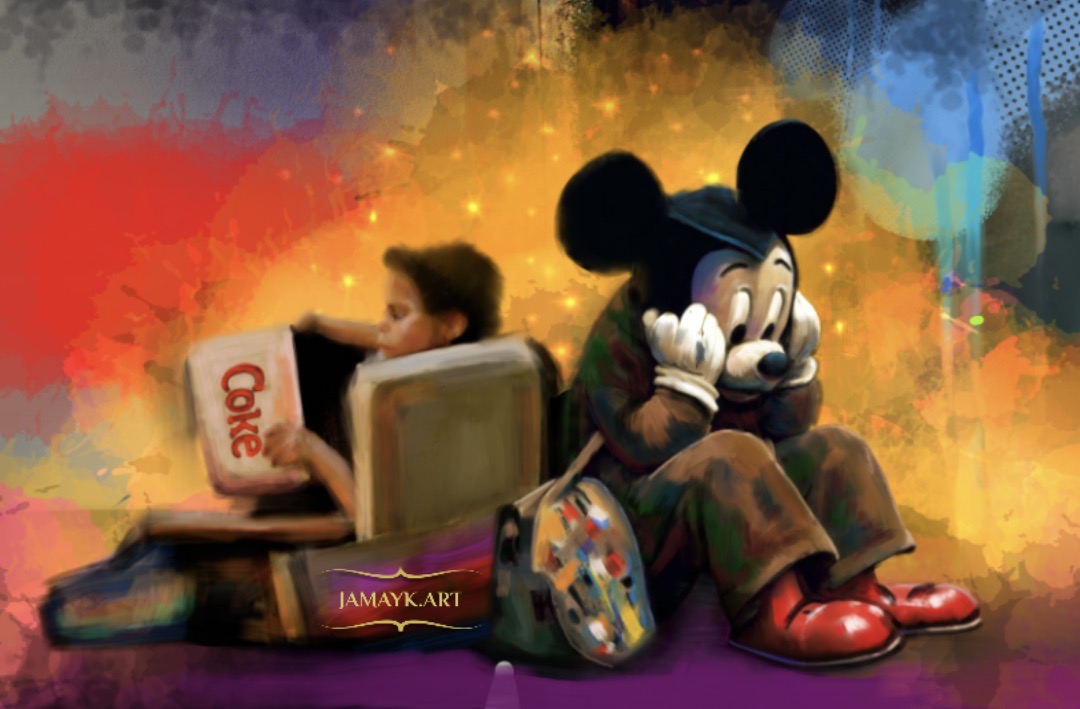
I work heavily with symbols - often using my own recurring motifs that represent an inner state or psychic process. For me, colours do not embellish, but amplify the emotional charge. Contrasts are present not only in the visuals but also in the content: decay and strength, chaos and order, pain and liberation.
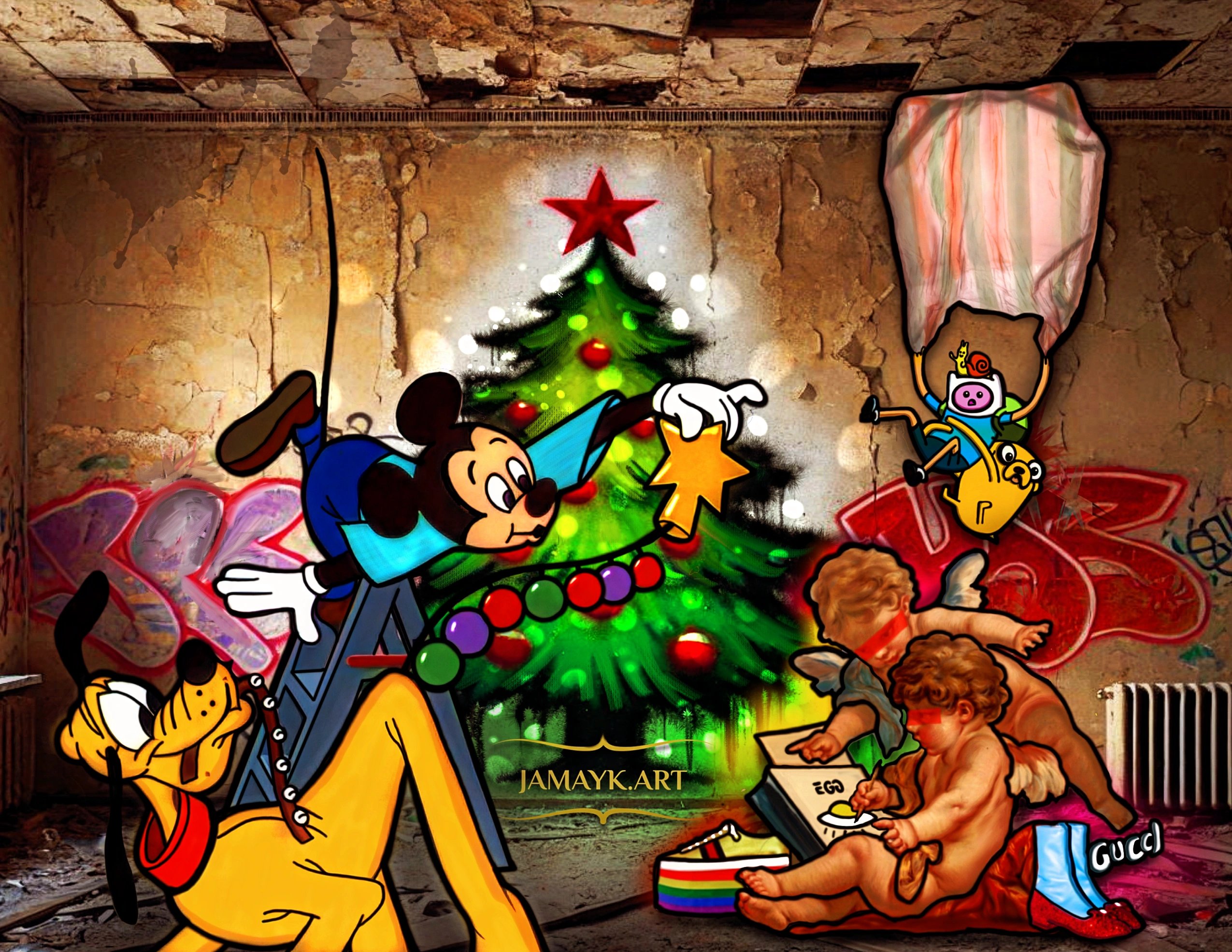
I like to put familiar characters, icons, paintings into a new context - like a therapeutic role-playing game, where we can see the same figure from a different perspective. In my style, art is not just a spectacle, but an inner journey.
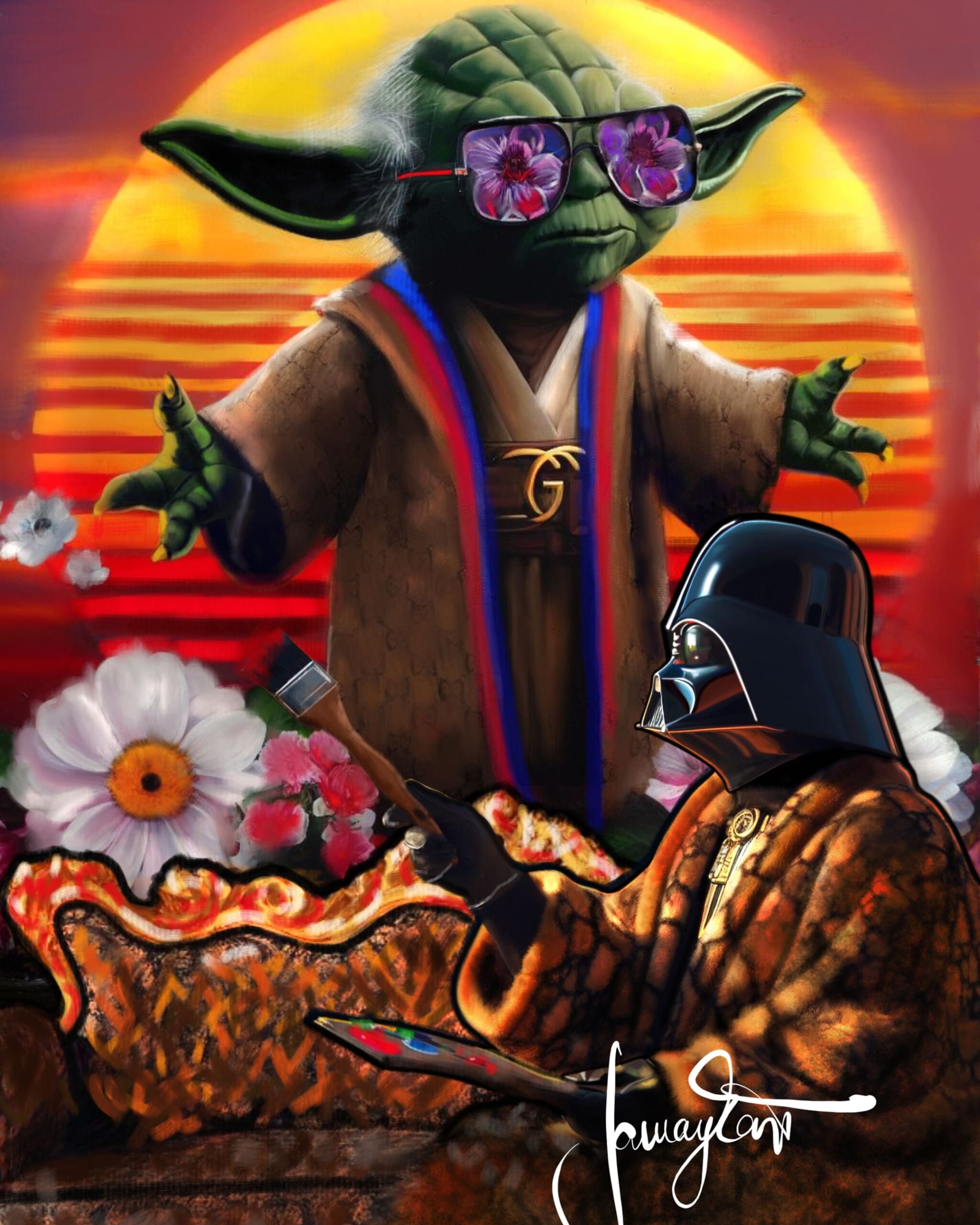
What inspires you to create?
There are so many influences from different walks of life, but it is the depths of the human soul that inspire me most. My paintings are often an imprint of these inner images, these unconscious layers. I am also inspired by artists who are able to visualize deep emotional content - be it classical painting or contemporary street art.
What messages do you convey with your works?
Each of my paintings is an imprint of an inner journey. Often it is a feeling, an unarticulated tension or memory that triggers the process. For me, creation is not a conscious planning, but rather a slow unfolding. It is as if the image is guiding me - not me guiding it. This process is often cathartic, but not always easy. The end result often surprises me, because it reveals more about my state of mind than I had previously been aware of.
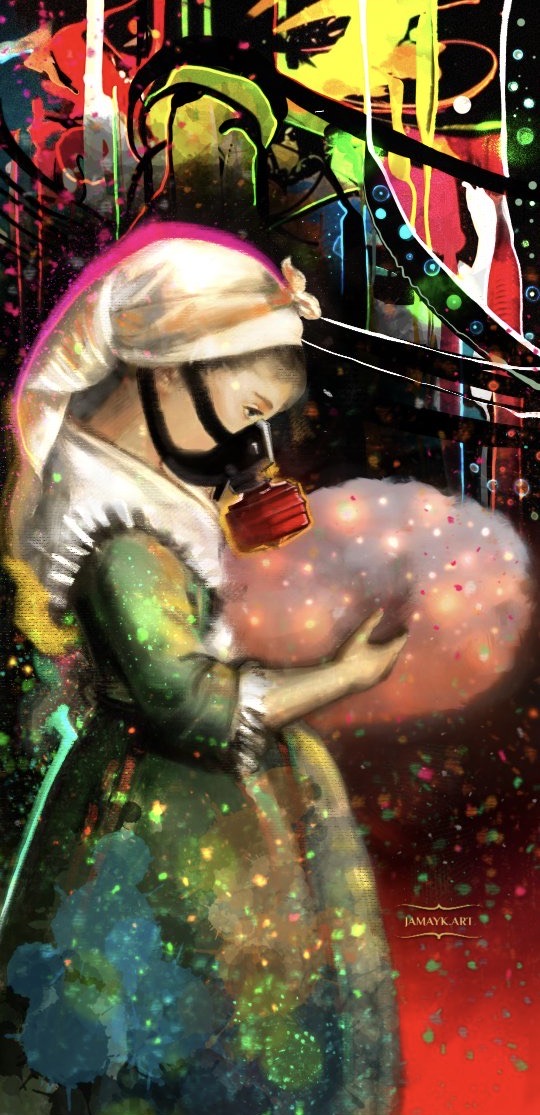
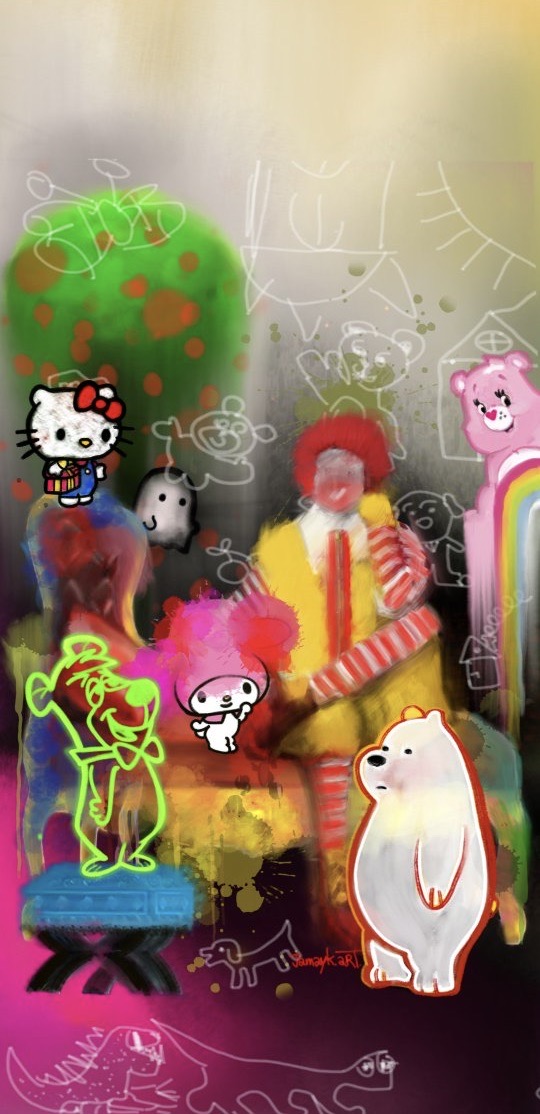
How do you think people relate to your graphics?
I feel that my pictures often hold a mirror - not always smooth and kind, but distorted, inward, something that takes courage. People often respond to them intuitively: some are touched because they recognise something in them that they may not have dared to say to themselves; some are stirred because they confront something they have suppressed; and some simply like the style, the colours or the message without knowing why. And that's all fine.
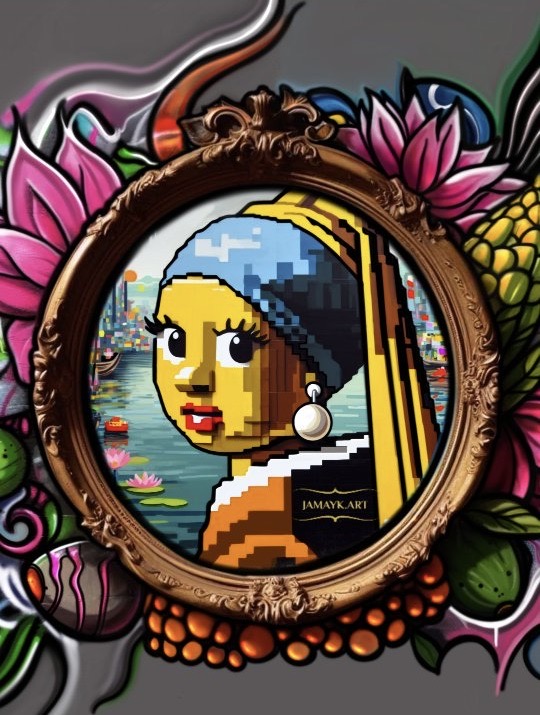
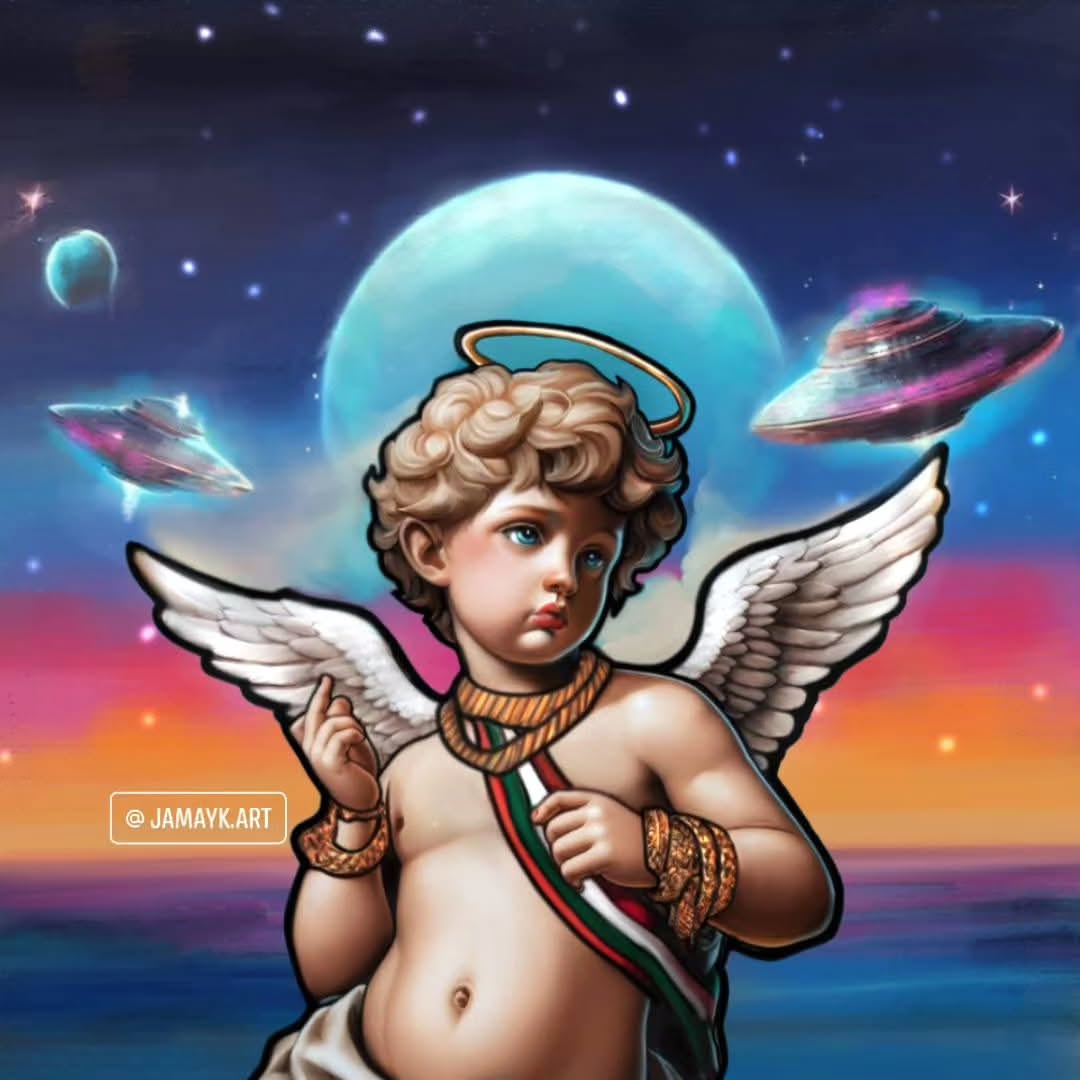
What are you currently working on and what are your future plans?
I'm currently working on a number of exciting assignments, but I don't want to reveal any more about them yet - I'll be sharing them in posts soon.
In the future I would like to continue in the direction of turning more consciously, more openly towards the layers of the inner world. It is also increasingly important to me that my paintings are not only displayed on walls or screens, but also on objects, on surfaces that can be used - such as furniture, clothes or even a bag. In this way, art can become not just something looked at, but something worn, touched, lived.
In the longer term, I would like these works to act not just as decoration, but as catalysts: triggering thoughts, feelings and insights in those who encounter them.
As an artist, what would you say to people?
My message is that they should dare to look inwards - even if what they find there is not always beautiful or comfortable. Our inner worlds are full of buried feelings, repressed desires, childhood imprints and layers that only begin to unravel when we give them space. For me, art is a way of exploring this inner space - a kind of spotlight on the shadowy parts.
I think my graphics are really for people who are looking for something - either within themselves or in the world. People who stop for a moment and are willing to immerse themselves in a layered visual world. My images do not give direct answers, but rather ask questions - sometimes silently, sometimes shouting. For me, this is the real connection: when an image is not just something to look at, but felt also. And if it starts an inner dialogue in someone, then the magic has already happened.


